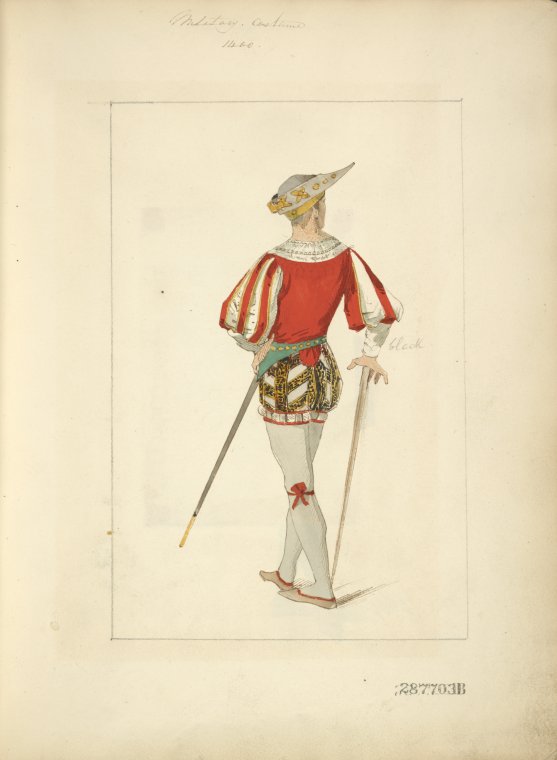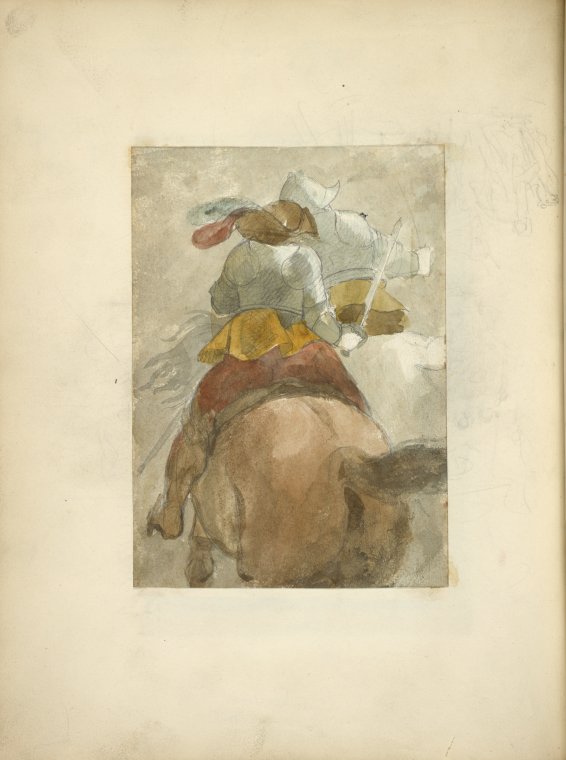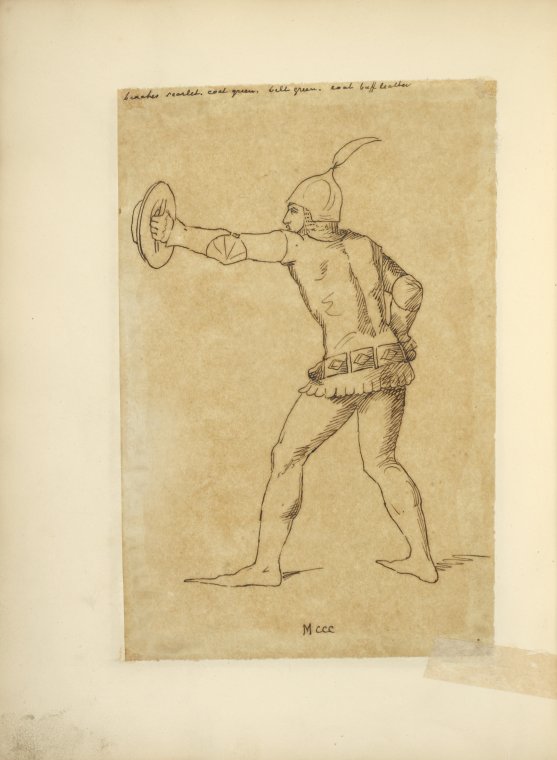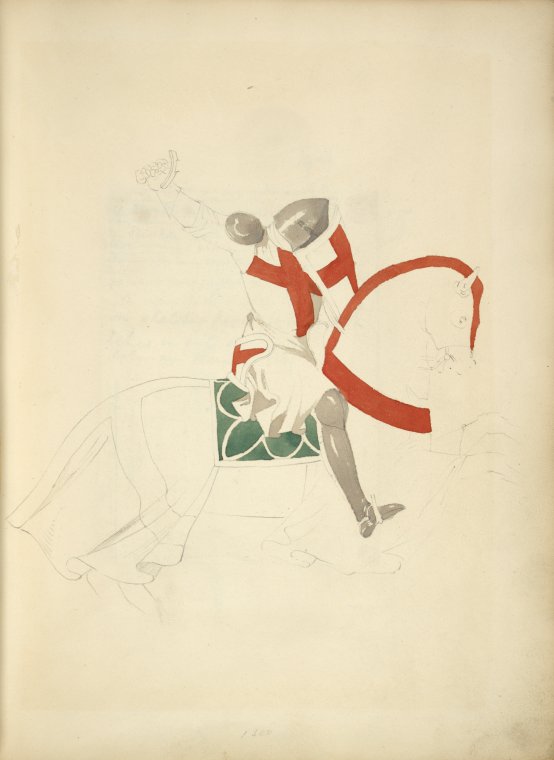Martial Apparel in the Italian Middle Ages
In the late Middle Ages of Europe, fashion was more than just a frivolous pastime—it was also an important part of politics. The clothing you wore, and the clothing you could afford for your subordinates, said a lot about your place in the world. And, in the case of battle, apparel could make all the difference between victory and defeat.
The Years Before the Renaissance
These illustrations by artist Stewart Watson examine various military costumes from Italy c. 1200 - 1400 CE. This was an era of fragmentation on the Italian Peninsula. The Roman Empire was a long-distant memory. In its place, dozens of city-states rose to prominence, each with its own culture, philosophy, and interests. These city-states competed among each other in trade, art, innovation, and warfare, leading to the profusion of ideas now known as the Italian Renaissance.
The Renaissance in Italy began around 1420 and began winding down by the 1600s. Most of these illustrations are from the period just before the Renaissance, a time of growth, uncertainty, and turmoil in Italy. The Crusades, first launched in 1096, reached their high point with the Third Crusade of 1189. This fostered societies with high religious and military zeal, and it also brought thousands of average people in touch with the wider world. But as the Crusades subsided, armies in Italy once again focused more on local affairs. Alongside imposing armor, lighter, more colorful outfits were also seen.
Another significant even shook the Italian Peninsula at this time: the arrival of the Black Death. The disease that devastated much of Eurasia first appeared in Europe at the Italian ports of Sicily, Genoa, and Venice. It likely traveled along Silk Road trade routes, made more accessible through the stability of the vast Mongol Empire.
Italy, already reeling from multiple natural disasters, famine, infighting among the city-states, and financial woes, became the first European hotspot for the plague. One of Italy’s most important literary works, the Decameron, was published during a wave of the plague in Florence. Its author, Giovanni Boccaccio, provides a chilling, firsthand account of the disease’s progress through the city.
Despite these challenges, the Italian Peninsula would recover to launch a new era of philosophy and art in Europe. And, between these disasters, life went on for the common people and their rulers. City-states still needed armies, and those armies needed to be outfitted. Naturally, they might as well look good in the process.
Today, Italy is still known as one of the premier fashion hubs of the world. While styles may change on a whim, and battles are less common than they used to be, the older tradition of producing fine clothing has not been lost on the Peninsula, and is likely to continue for centuries to come.
About TOTA
TOTA.world provides cultural information and sharing across the world to help you explore your Family’s Cultural History and create deep connections with the lives and cultures of your ancestors.






![Fausapin [?] Italien, 1400.](https://s3-us-west-2.amazonaws.com/tota-images/nypldigitalcolle-fd00d32338f8fcb1.jpg)


